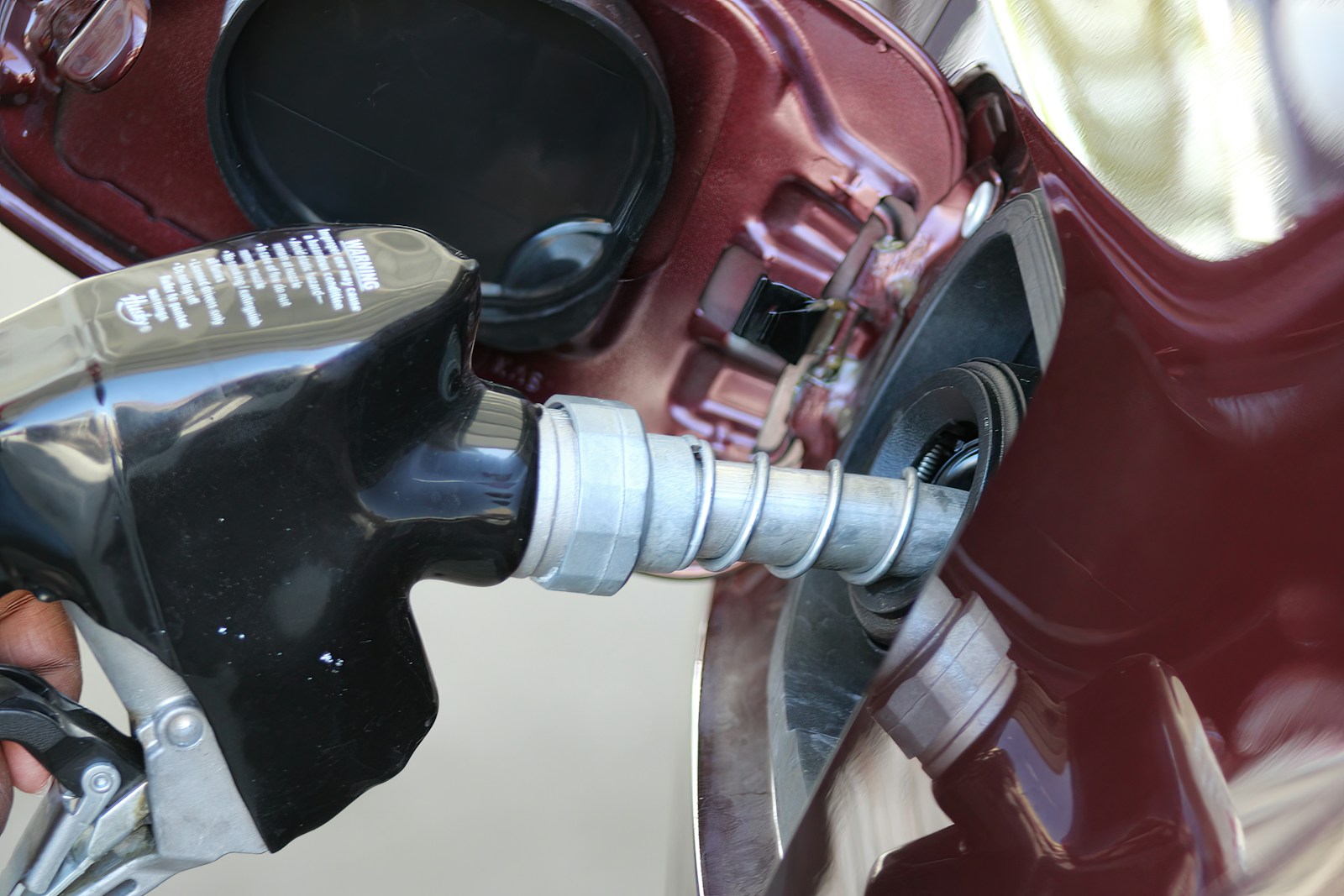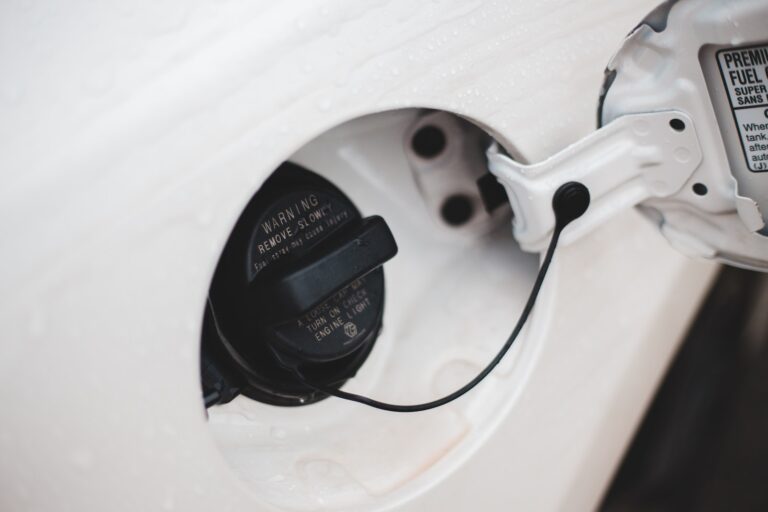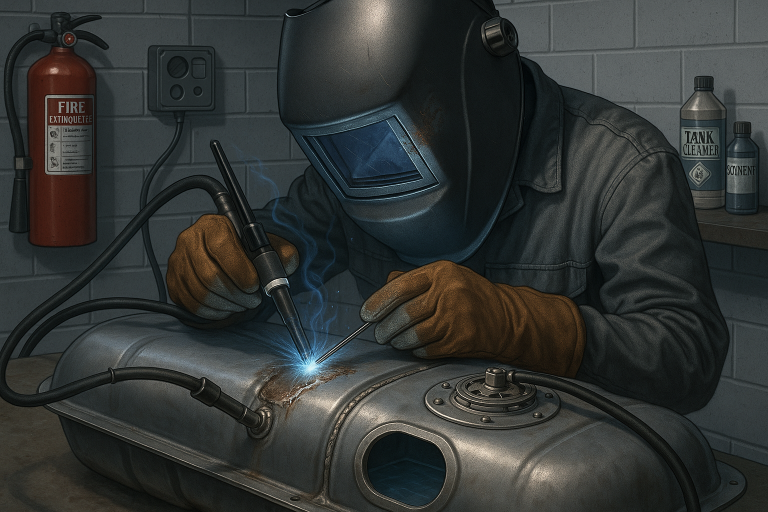How Do Dual Gas Tanks Work?
Hey there! Ever wondered how vehicles with dual gas tanks manage to use both tanks effectively? Well, I’m here to shed some light on the inner workings of these systems.
Dual gas tanks are a common feature in many vehicles, offering increased fuel capacity and longer journeys without constant refueling. The key lies in equalizing fuel levels between the tanks, ensuring a consistent supply.
So, join me as we dive into the fascinating world of dual gas tank technology and explore how they contribute to extended fuel capacity.
Key Takeaways
- Dual gas tanks can equalize their fuel levels through automatic or manual fuel tank cross-feeding systems.
- A dual draw dual return fuel system uses two fuel pumps to draw fuel from separate tanks and return excess fuel.
- The engine management system controls the fuel pumps based on the engine’s fuel demand.
- Dual gas tanks provide a more efficient use of fuel and ensure a consistent fuel supply.
Understanding Dual Gas Tank Systems
To understand dual gas tank systems, I need to learn about how they function and the benefits they offer.
Dual gas tanks have several advantages. Firstly, they provide increased fuel capacity, allowing for longer trips without the need for refueling.
Secondly, dual gas tanks offer flexibility by allowing the driver to choose which tank to draw fuel from. This is especially useful when one tank is empty or when refueling options are limited.
However, dual gas tank systems can sometimes encounter common issues. Troubleshooting these issues involves checking for fuel leaks, ensuring proper fuel pump operation, and inspecting the fuel lines for any blockages.
Additionally, regularly maintaining and cleaning the tanks can prevent clogs and debris buildup.
Fuel Tank Equalization in Dual Gas Tanks
Fuel tank equalization in dual gas tanks occurs through the transfer of fuel between the two tanks. There are several fuel tank equalization methods that can be used in dual gas tanks.
One method is automatic equalization, where a fuel pump and valve system automatically equalizes the fuel levels between the tanks.
Another method is manual equalization, where the driver manually equalizes the fuel levels using a switch or lever.
Additionally, if the tanks are located at different heights, fuel can flow from the higher tank to the lower tank due to gravity, providing another method of equalization.
The advantages of dual gas tanks include increased fuel capacity, extended driving range, and the ability to switch between tanks for even fuel distribution.
These features make dual gas tanks a practical choice for vehicles that require long distance travel or heavy fuel consumption.
The Dual Draw Dual Fuel Return System
With a dual draw dual fuel return system, I can efficiently draw fuel from separate tanks and return any excess fuel.
This system utilizes two fuel pumps, each responsible for drawing fuel from its respective tank and delivering it to the engine. The fuel pumps are connected to the tanks through fuel lines, ensuring a continuous fuel supply.
The engine management system controls the operation of the fuel pumps based on the engine’s fuel demand. By optimizing fuel consumption, this system prevents wastage and improves overall efficiency.
Any fuel that isn’t used by the engine is returned to the tanks, ensuring that no fuel goes to waste.
This dual fuel pump operation allows for a seamless and efficient utilization of the fuel from both tanks.
Importance of Properly Securing Gas Tank Caps
For me, properly securing the gas tank cap is crucial in preventing fuel evaporation, contamination, and potential fire hazards. Gas tank cap maintenance plays a vital role in ensuring the integrity of the fuel system.
A loose or damaged cap can allow fuel to evaporate, leading to decreased fuel efficiency and increased emissions. Additionally, an improperly sealed cap can allow dirt, debris, or water to enter the fuel tank, causing contamination and potentially damaging the engine.
Moreover, a loose or missing cap can create a fire hazard by allowing fuel vapors to escape and come into contact with ignition sources. To prevent fuel tank contamination and ensure safety, it’s essential to regularly inspect the gas tank cap, ensuring it’s tightly closed and in good condition.
Cylindrical Shape Benefits in Fuel and Water Tankers
One of the main advantages of cylindrical tankers is their ability to maximize storage capacity due to their higher volume-to-surface area ratio. This shape allows for more fuel or water to be stored in the tanks while taking up less space.
The cylindrical shape also provides strength and stability to the tankers, making them suitable for transportation.
When choosing a fuel transfer system for cylindrical tankers, it’s important to consider factors such as efficiency, reliability, and ease of use. A well-designed fuel transfer system can ensure efficient fuel transfer from external tanks to the main tank, extending the range and operation time of the tanker.
Additionally, a reliable fuel transfer system can prevent fuel wastage, improve overall efficiency, and reduce the need for frequent refueling stops.
Extending Fuel Tank Capacity for Generators
To maximize the fuel storage capacity of my generator, I can explore the option of connecting external fuel tanks or using fuel transfer systems.
By connecting external fuel tanks, I can provide additional fuel storage for longer operation of the generator. These tanks can be easily attached to the generator and filled with fuel, allowing for extended periods of uninterrupted power supply.
Another option is to use fuel transfer systems, which allow for fuel to be transferred from external tanks to the generator’s main tank. This ensures that the generator always has a sufficient fuel supply without the need for constant refilling.
Whether it’s through external fuel tanks or fuel transfer systems, extending the fuel tank capacity of my generator is essential for maximizing its efficiency and usability.
Dual Gas Tank Configuration and Setup
With the dual gas tank configuration and setup, I can effectively manage and utilize fuel from both tanks for optimal performance. Maintaining and troubleshooting dual gas tank systems is essential to ensure smooth operation.
Regular maintenance includes inspecting fuel lines for leaks, checking fuel filters for clogs, and ensuring all valves and switches are functioning properly. It’s important to monitor fuel levels in both tanks and equalize them regularly to prevent one tank from running empty while the other still has fuel.
If any issues arise, such as fuel not being drawn evenly from both tanks or fuel pumps not functioning correctly, troubleshooting steps should be taken to identify and resolve the problem. This may involve checking electrical connections, testing fuel pumps, or cleaning fuel filters.
Proper maintenance and troubleshooting will help ensure the dual gas tank system operates efficiently and without any issues.
Fuel Management in Dual Gas Tank Systems
I actively manage the fuel in my dual gas tank system by monitoring fuel levels and ensuring an equal distribution between the two tanks. Fuel level synchronization is crucial to ensure that both tanks are utilized effectively and provide a consistent fuel supply.
To achieve this, I rely on fuel transfer mechanisms. These mechanisms allow me to transfer fuel between the tanks as needed. Whether it’s through an automatic system with a fuel pump and valve, or a manual system that requires me to use a switch or lever, I make sure that the fuel levels in both tanks remain balanced.
Pros and Cons of Dual Gas Tanks
There are several pros and cons to consider when it comes to using dual gas tanks in a vehicle. Here are four key points to keep in mind:
Advantages of Dual Gas Tanks:
- Increased fuel capacity: Dual gas tanks provide the advantage of carrying more fuel, allowing for longer trips without refueling.
- Balanced weight distribution: Having two gas tanks helps distribute the weight evenly, improving stability and handling of the vehicle.
- Redundancy: If one tank runs out of fuel, you still have the other tank as a backup, preventing you from being stranded.
- Flexibility in fuel selection: Dual gas tanks can be used to carry different types of fuel, such as gasoline and diesel, giving you more options depending on your needs.
Disadvantages of Dual Gas Tanks:
- Increased cost and complexity: Dual gas tank systems are generally more expensive to install and maintain, requiring additional components and fuel lines.
- Limited space: Dual gas tanks can take up valuable space in the vehicle, reducing storage capacity for other items.
- Weight increase: Carrying extra fuel in dual gas tanks adds weight to the vehicle, potentially reducing fuel efficiency.
- Potential for fuel contamination: If one tank gets contaminated, it can affect the fuel supply in both tanks, leading to engine performance issues.
Considering these advantages and disadvantages will help you make an informed decision about whether dual gas tanks are right for your vehicle.
Conclusion
In conclusion, dual gas tanks are a valuable feature in vehicles. They offer increased fuel capacity and allow for longer journeys without frequent refueling. Through equalization of fuel levels and the utilization of dual draw dual return fuel systems, these tanks ensure a continuous fuel supply to the engine, improving overall efficiency.
While there are pros and cons to consider, the functionality and benefits of dual gas tanks make them a valuable asset in various vehicles.





